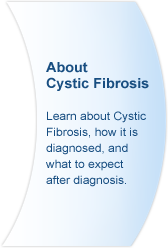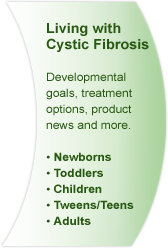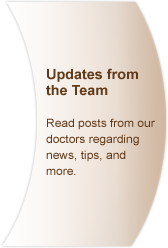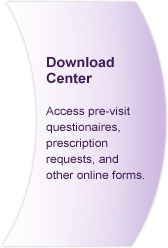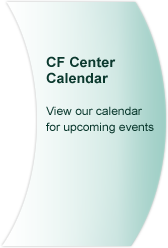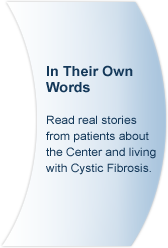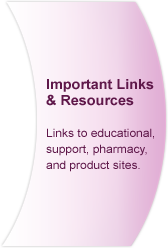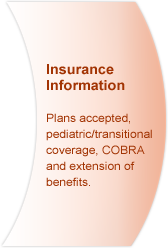|
|||||||
 |
 
How do I care for an infant with cystic fibrosis? What are the nutritional needs of my toddler? What are the standard tests? What are the treatment options? What does having CF mean to the person's diet, and how do those nutritional needs change over time? What is Pancreatic Enzyme Replacement? How should my child's teacher handle her CF? How I can ensure that my teen takes care of himself? And should a woman with CF think about having children?
This section - divided into age groups - will help you answer these and many more questions on living with CF. You'll also find downloadable information from the Cystic Fibrosis foundation for more in-depth explanations of these topics.
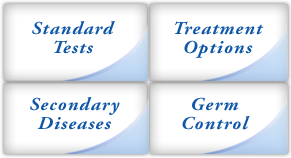
Standard TestsLung Function TestsLung function tests (or pulmonary function tests - PFTs) let the doctors see how well your lungs are working and assess respiratory muscle strength. Testing is relatively simple, painless and presents little or no risk.Spirometry Spirometry is the first lung function test done, and measures the air you can move out of your lungs. For spirometry, you breathe into a mouthpiece that's attached to a recording device (spirometer), and the results are printed on a special chart called a spirogram. Spirometry measures a variety of lung functions - you may hear your doctor discussing these:
Respiratory Muscle Strength are noninvasive tests:
BronchoscopyBronchoscopy is a technique performed by medical professionals to examine a patient's airways, including the larynx (voice box), trachea (main windpipe) and the bronchi (the windpipes within the lungs). A physician can use bronchoscopy to observe the way these airways move and change shape as the patient breathes in and out. The procedure is usually recorded, and the physician can print pictures to document their findings. The procedure is performed under sedation and light anesthesia given by an anesthesiologist, who monitors the patient continuously throughout the procedure.The bronchoscopy is performed with a flexible, fiber-optic bronchoscope that is a soft tube no more than ¼" in diameter that incorporates a light source and camera. The scope normally passes through the nose or throat. The procedure may include a bronchoalveolar lavage (BAL), in which a small amount of saline is injected through the scope to flush out fluid and mucus from the airways so they can be suctioned and tested. Bronchoscopy is generally performed in the hospital, and the patient may not eat or drink for six hours before the procedure. The patient should not be suffering from a cold at the time of the bronchoscopy. Parents generally accompany a child at the outset of the procedure, while the child remains conscious. After the child is given anesthesia and loses consciousness, parents are generally asked to leave the room. The procedure generally lasts 15 to 20 minutes, followed by an observation period of about two hours before the child can leave. The anesthesiologist may administer a numbing medicine (lidocaine) through the bronchoscope to numb the larynx, trachea and bronchi. Side effects of the procedure are generally minimal. They may include soreness of the throat, fever, hoarseness, cough or wheezing. To prevent or minimize these problems, the child may receive a dose of anti-inflammatory medication such as dexamethasone or methylprednisolone before the end of the procedure. Tips for a Successful Bronchoscopy
|
||||||
